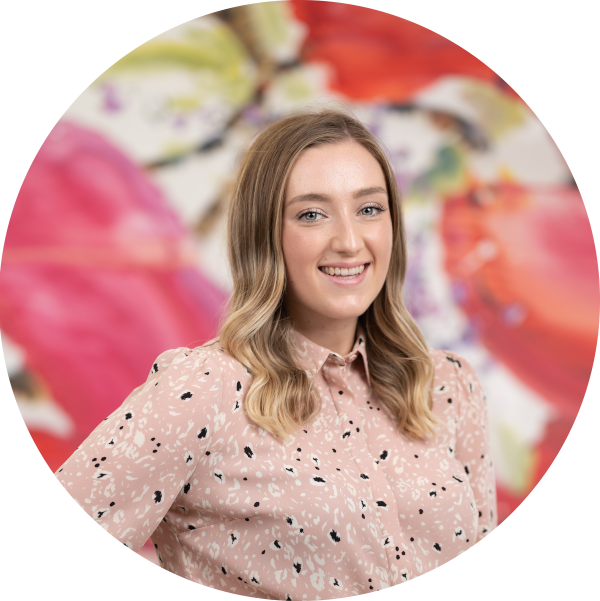A recent survey revealed that nearly three quarters of head teachers have seen their colleagues cry since the start of the new academic year.
As we continue to address what could be described as a “battle” in the recruitment and retention of teachers, teacher wellbeing is a subject that we must explore.
Coaching and teaching our teachers to say “no” is just one of the ways the sector can promote longevity in such a demanding profession.
I can relate this to my own teaching experience, where I often described it as like being on stage. When on stage, success often comes down to how you manage yourself; particularly in response to those around you, or if something goes wrong, or off-script (e.g., the set falls down, or someone forgets a line).
Saying “no” is about controlling our time, and consequently preventing us from being overwhelmed with stress. There are three key areas that we can address here:
-
Why teachers are afraid to say “no”
-
Why teachers should learn to say “no”
-
How do they say “no”
Why are teachers afraid to say “no”?
Teachers by the nature of their chosen profession are naturally altruistic and have an inbuilt desire to please.
This fear of saying “no” can also be attributed to wanting to avoid the feelings of guilt that come with it, and the fear that they may miss out on something or be overlooked for career development opportunities (such as a promotion) by appearing unwilling.
Why teachers should learn to say “no”
Ultimately, saying “no” is about prioritising your own wellbeing, and learning to put yourself first – a trait that is not often seen in teachers, as they understandably make their pupils’ learning and own wellbeing their paramount focus.
However, it’s important to understand that putting yourself first is in fact in the best interests of your pupils - even if it doesn't feel like a direct connection!
In the short term, if you are experiencing poor mental health, the overall quality of your teaching will be adversely affected.
In the longer term, if a teacher is signed off with stress, not only is this detrimental to their own wellbeing, but it also has a greater negative
impact on their pupils in the classroom, and the school as a whole.
How to say “no” as a teacher
Learning to say “no” is a skill that takes time to learn, but there are ways to go about this which will not only benefit your wellbeing, but your whole school:
-
Don’t allow yourself to be put on the spot, whether that be an answer requested or an action.
-
Remember that any request that demands an immediate action is unreasonable
-
Request time to answer or make a decision.
-
Request time to consider before giving a commitment.
-
Be appropriately selfish – ask yourself if the task will benefit you.

![]()
![]()
Creating a positive and safe environment in schools is not just vital for children, but for all members of staff.
When we look and discuss teacher wellbeing, schools would bode well to change tact from demanding more to a greater emphasis on kind words and deeds.
Below, we’ve shared a quote from Ciara Smith, an Early Years education professional, on her experience of learning to say no:
Ciara Smith: How I learnt to say “no” and put myself first during my NQT year.

NQT year is hard enough as it is, and a lot of new teachers think that they lose the right to say no as it is their first year and they feel that there is a lot to prove.
It is said that NQT year is the hardest year of teaching that you may go through in your career, and this is made even harder with the pressure of pleasing everyone to ‘prove yourself as a great teacher’ as I was told.
I learnt a very hard way how important it is to say no over the course of my NQT which resulted in me being signed off with stress and anxiety for a month.
During this time, I got advice from several
teachers and educational specialists and learnt the importance of saying “no,” and how it makes you a better teacher. On returning to the classroom after my sick leave, I decided to put myself first.
I slowly development the confidence to make my own decisions and not take on unnecessary workload. From doing this, it made me a better teacher, and this was in the best interest of the children.
It is something that I am still learning how to do, it is not something that can be perfected overnight but the first step is the most important to take.
Here at Class People, teacher wellbeing is our top priority